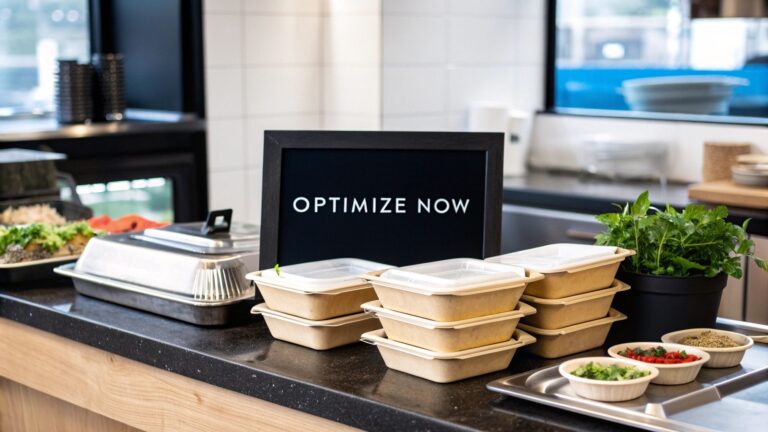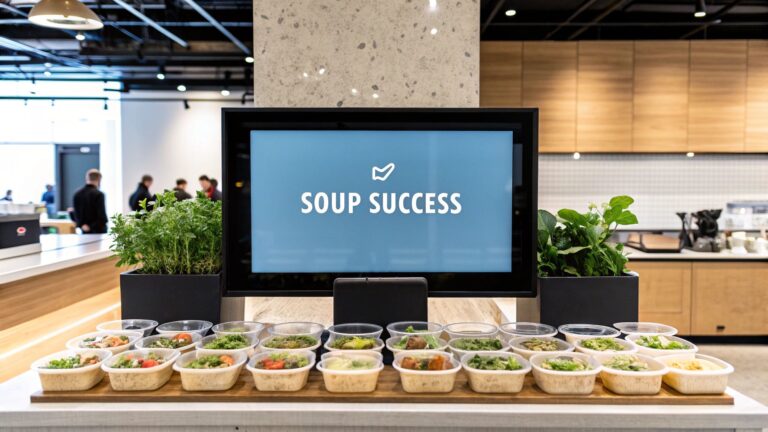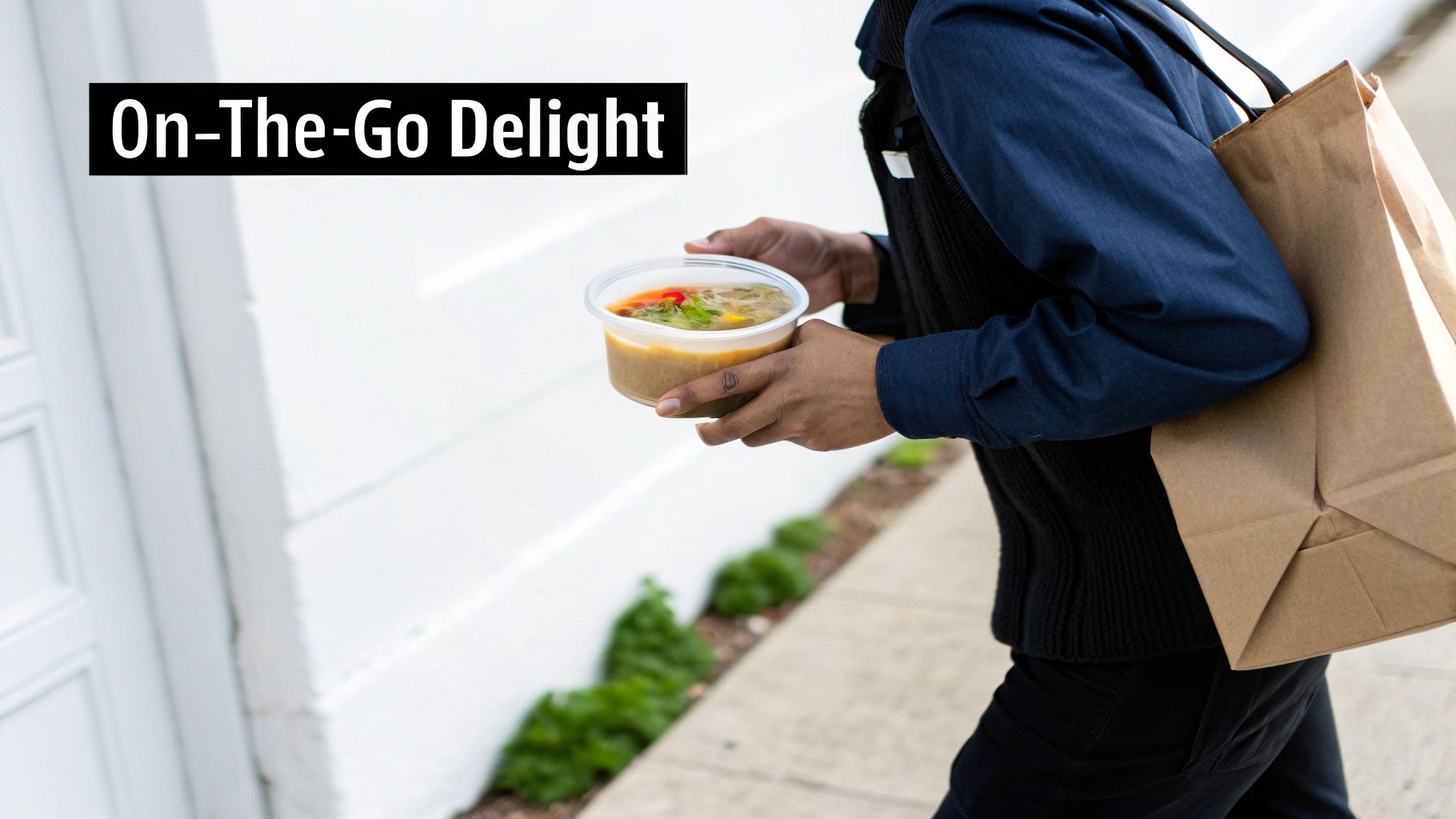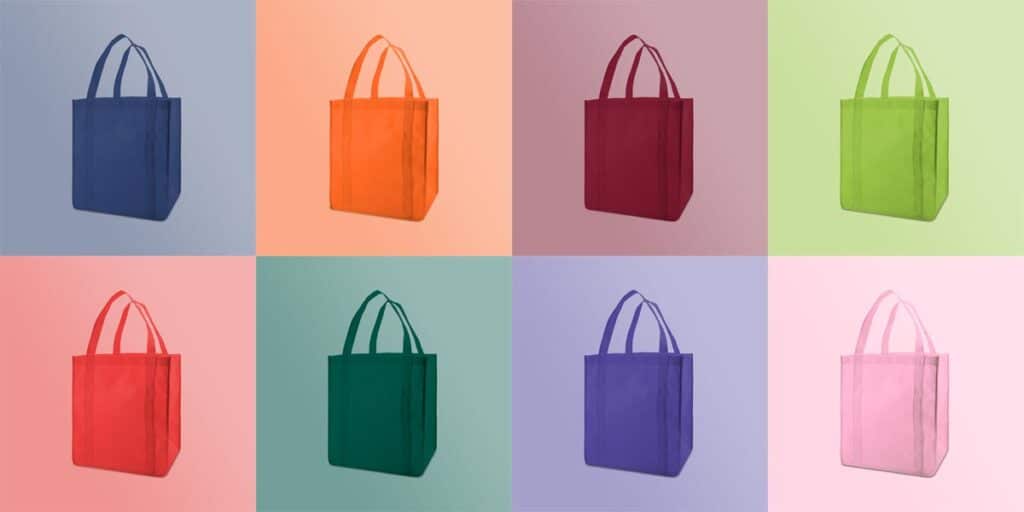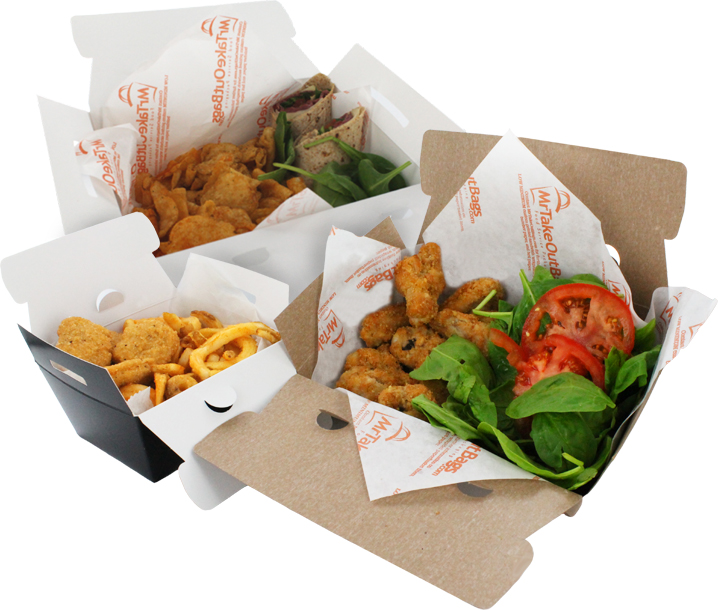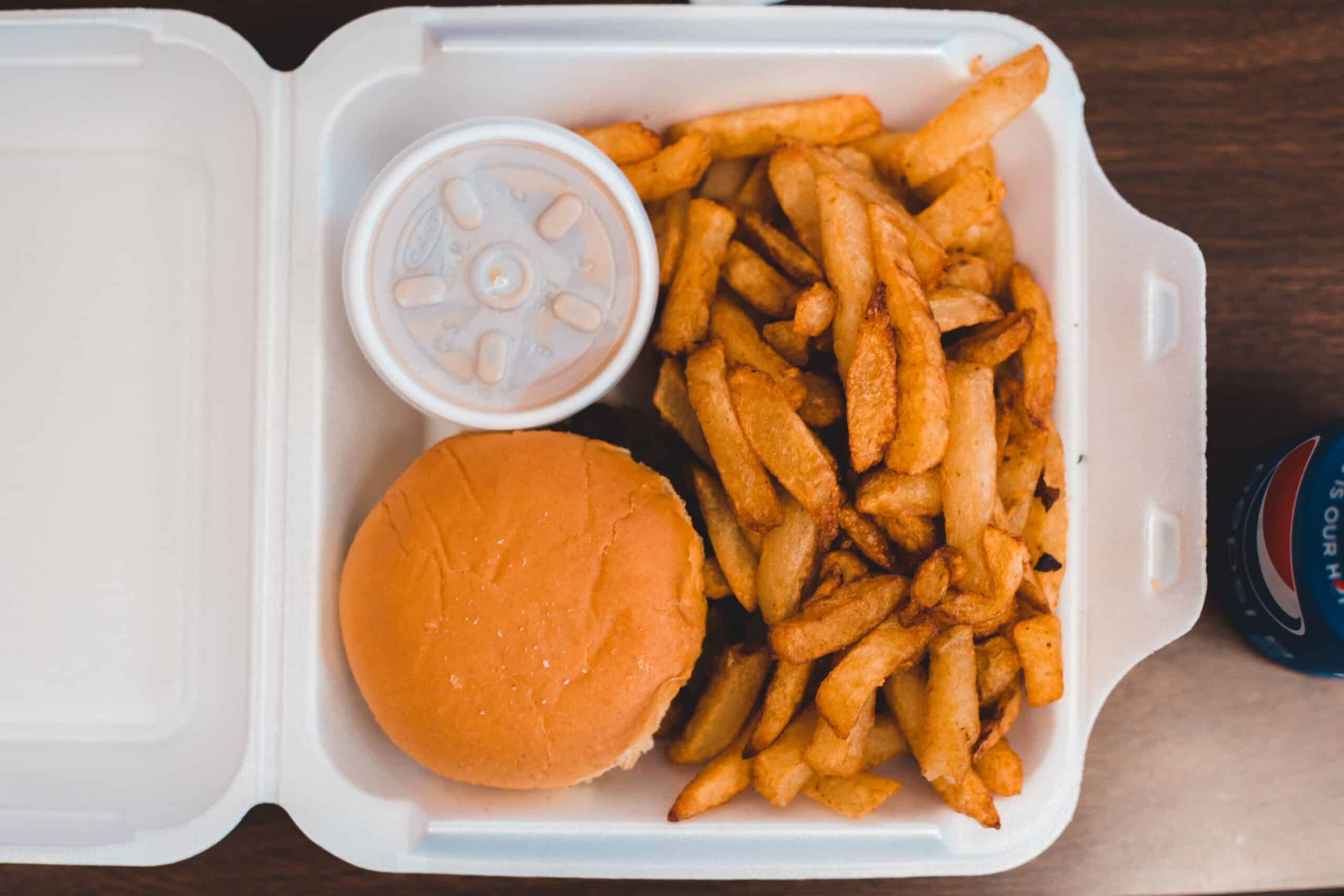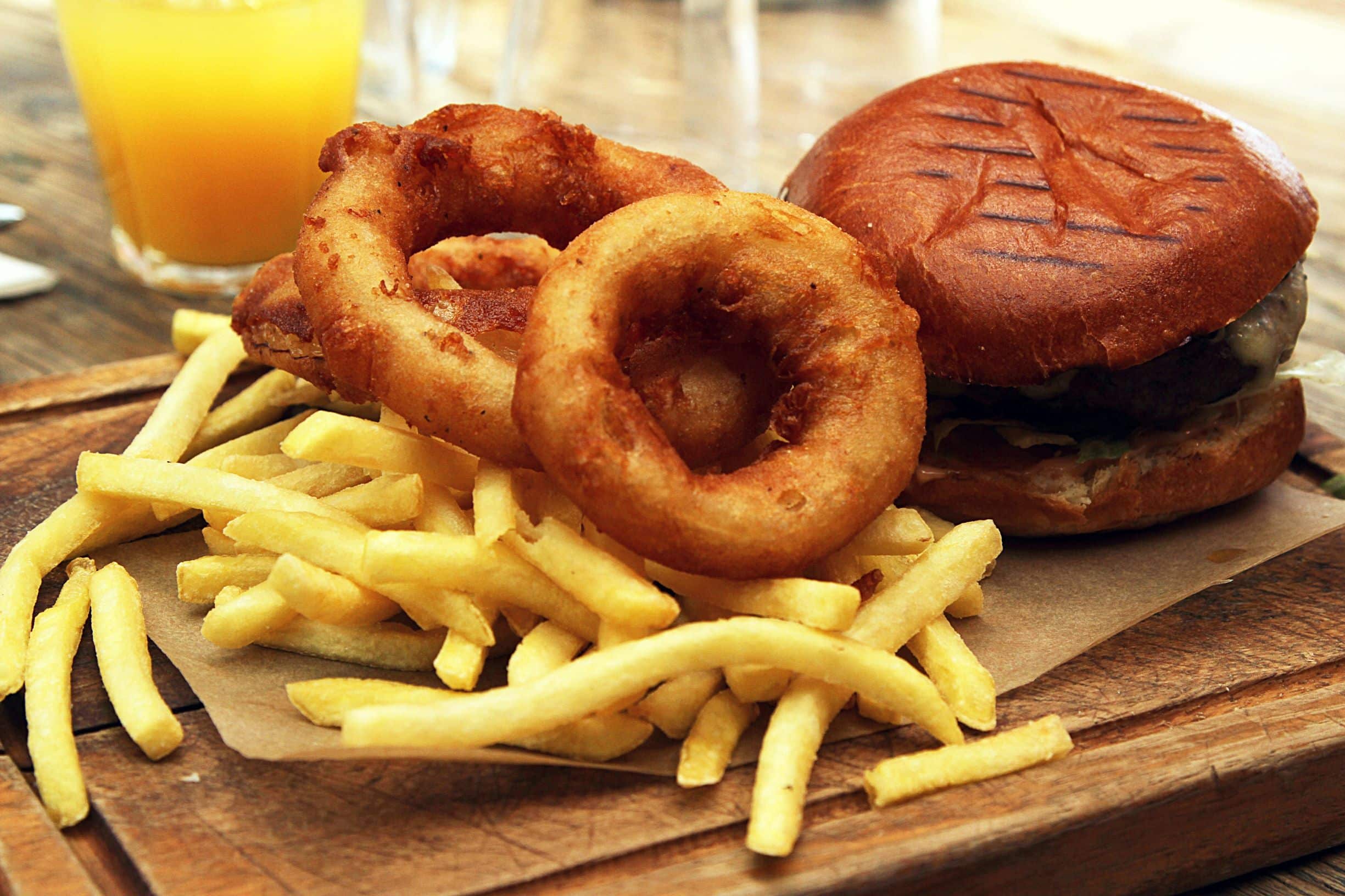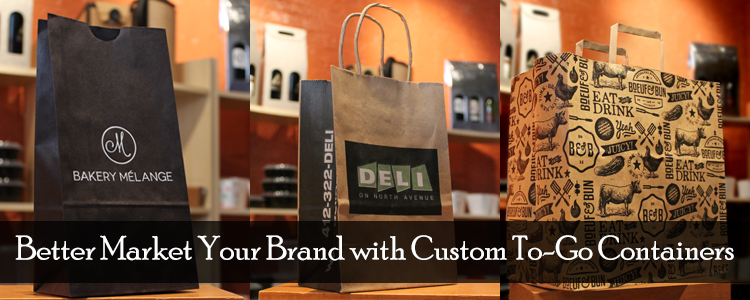Navigating the World of Takeout Container Sizes
Choosing the right takeout container size can significantly impact a customer’s dining experience. It’s a key element that can make or break a satisfying meal. This section delves into the world of takeout container sizes and how choosing the right dimensions can boost your food business. From portion control to presentation, understanding container sizes is crucial for success.
Matching Container Volume to Portion Size
One of the most important aspects of takeout container selection is matching the volume to the portion size. A container that’s too small can result in spills and messy presentations, while an overly large container can make portions look skimpy. This is why understanding the range of available sizes is so important. Options vary widely, from small 4oz sauce cups ideal for condiments to large 64oz containers, perfect for family meals. Finding the right fit ensures an attractive presentation and a satisfied customer.
For instance, a single serving of soup might need a 16oz container, while a side of rice would likely fit in an 8oz container. This attention to detail ensures the food looks just as good upon arrival as it did when it left the kitchen. Correctly sized containers also minimize food movement during delivery, preserving the presentation and preventing spills. This small detail can greatly improve customer satisfaction.
Understanding Standard Size Categories
To simplify the selection process, takeout containers are usually grouped into size categories. These categories help businesses quickly find the right container for their needs. They offer a useful framework for choosing containers that are both practical and visually appealing. For more information on packaging, check out The Importance of Takeout Packaging.
To help illustrate these categories, the table below provides a quick reference guide. It outlines typical volume capacities, dimensions, and ideal food applications for each size category.
Standard Takeout Container Size Categories
This table presents common takeout container sizes by volume capacity, typical dimensions, and best food applications
| Size Category | Volume Capacity | Typical Dimensions | Best For |
|---|---|---|---|
| Small | 4oz – 8oz | Varies | Sauces, dips, small sides |
| Medium | 12oz – 16oz | Varies | Single servings of entrees, soups, salads |
| Large | 24oz – 32oz | Varies | Larger portions, family-style meals |
| Extra Large | 48oz – 64oz | Varies | Family-style meals, catering |
As this table shows, having standardized sizes makes ordering and maintaining consistent portions much easier. This helps restaurants maintain a professional image and reduces confusion that inconsistent container sizes can cause. This is especially crucial in today’s market, which values both convenience and quality.
Market Trends in Takeout Containers
Speaking of the market, the global takeout container market is booming. It reached an estimated USD 172.19 billion in 2023 and is projected to hit USD 228.12 billion by 2030. This growth is fueled by increasing demand for convenient meal options and eco-friendly packaging. Even smaller containers, particularly those under 250 grams, are seeing increased demand, with sales expected to reach USD 61.6 billion by 2034. You can find more detailed statistics here.
Carefully considering container size is essential. Selecting the right container isn’t just a logistical detail; it’s a strategic decision that directly impacts customer perception and, ultimately, your business’s success.
Material Matters: How Container Composition Affects Sizing

The material of your takeout containers plays a crucial role in determining the right size for your needs. Different materials have unique properties that influence a container’s performance, affecting everything from how well it holds heat to how it stands up to delivery. Choosing the right material is just as important as choosing the right size.
Understanding Material Properties and Their Impact on Size
Some materials, like polypropylene, are known for their strength and durability. This often means thicker container walls, which can slightly reduce the internal capacity. A 16oz polypropylene container might have a slightly smaller interior volume than a 16oz container made from a thinner material like PET plastic. This small difference can affect how much food fits inside.
On the other hand, materials like aluminum can be thin yet strong. This allows for thinner walls and maximizes the interior space. Aluminum’s superior heat conductivity also makes it great for maintaining food temperatures, a key factor for takeout businesses. Choosing the optimal material for your food and delivery method is vital.
How Material Flexibility Affects Stackability and Storage
A material’s flexibility also affects how well it stacks. Rigid materials like foam are excellent for stacking and storing, but they can be less eco-friendly. Flexible materials like bioplastics may be more sustainable, but might not stack as securely, potentially affecting storage and presentation. Restaurants need to find a balance between functionality and sustainability.
Pairing Materials With Optimal Size Dimensions for Enhanced Performance
Top restaurants carefully pair specific materials with optimal takeout container sizes to achieve the best results. They consider several factors, including temperature retention, leakage prevention, and durability during transit. A restaurant serving hot soups might choose insulated polystyrene containers in larger sizes to keep the soup hot and provide ample portions. For salads, a clear PET container in a smaller size might be better to showcase the fresh ingredients.
Material Comparison for Takeout Container Sizes
This table compares how different materials influence container sizing options, durability, and food compatibility. It highlights the trade-offs businesses must consider when selecting the right material and size.
| Material Type | Size Range Available | Weight Capacity | Temperature Tolerance | Environmental Impact |
|---|---|---|---|---|
| Polypropylene (PP) | Wide range | High | Good heat resistance | Recyclable, but can be petroleum-based |
| Polyethylene Terephthalate (PET) | Wide range | Moderate | Moderate heat resistance | Recyclable, commonly used for clear containers |
| Aluminum | Limited range | Moderate | Excellent heat conductivity | Recyclable, lightweight |
| Polystyrene (Foam) | Wide range | Low | Good insulation | Not easily recyclable, some environmental concerns |
| Bioplastics (PLA) | Growing range | Varies | Limited heat tolerance | Compostable, but requires specific composting conditions |
Choosing the right material and size for your takeout containers is a critical decision. It involves balancing material properties, size requirements, and environmental concerns. By understanding how material composition affects sizing, you can make informed decisions that enhance your food presentation, maintain food quality, and improve customer satisfaction. This careful approach to takeout packaging can significantly contribute to the success of your food business.
Cultural Influences on Takeout Container Sizes Worldwide

Takeout container sizes aren’t just about holding food. They reflect a fascinating mix of cultural norms, dining habits, and practical considerations. What one culture sees as a “normal” portion might be too much or too little in another. This exploration delves into how these cultural factors worldwide influence takeout container size preferences and how restaurants adapt.
Portion Sizes and Cultural Norms
Cultural ideas about portion sizes heavily influence takeout container sizes. In some cultures, generous portions show abundance, leading to a preference for larger containers. For example, North America often embraces “super-sizing,” reflected in its takeout containers.
However, other cultures, such as Japan, prefer smaller, more precise portions. This results in demand for smaller, often compartmentalized containers. These differences highlight the importance of understanding your target market when choosing container sizes.
Family Dynamics and Household Sizes
Household size also impacts container size. Cultures with large extended families need bigger, family-style containers. This differs from cultures with smaller nuclear families, where individual or smaller portions are preferred. Restaurants serving diverse groups often offer a range of sizes to meet these needs.
Urbanization and Transportation Infrastructure
Urbanization and transportation also play a role. Dense urban areas with good public transit often prefer stackable, compact containers for easy carrying. In contrast, car-dependent areas might choose larger containers, as portability is less of a concern. These logistical factors influence container design and size.
North America is expected to hold a significant share of the global takeout container market, about 24.3% by 2034. This is mainly due to busy lifestyles and increased reliance on food delivery and takeaway. The result is a growing need for takeout containers that preserve food quality during transport.
Similar trends can be seen in the Asia Pacific region. In South Korea, takeout container sales are projected to grow at a CAGR of 4.8% from 2024 to 2034. You can learn more about the takeout container market here.
Adapting to Local Preferences While Maintaining Brand Consistency
Global restaurant chains face a unique challenge: adapting container sizes to local preferences while staying true to their brand. They often use strategies like region-specific sizes or adaptable designs that can be adjusted for various portions. This balancing act allows them to cater to different cultural needs without compromising brand identity.
Cultural Nuances in Takeout Container Design
Cultural influences go beyond just size. The design and aesthetics of containers matter too. Some cultures appreciate visually appealing containers with intricate designs, while others prefer functional, minimalist packaging. Understanding these preferences helps restaurants choose containers that resonate with their audience and improve the dining experience. Takeout containers are more than just functional; they are part of the cultural experience of food.
Eco-Friendly Revolution in Takeout Container Sizes

The takeout industry is undergoing a significant shift towards sustainable packaging, with a particular focus on container sizes and design. Forward-thinking restaurants are adopting right-sized containers to minimize material usage without compromising food quality. This involves careful consideration of materials, design, and how these changes affect daily operations.
Eco-Materials and Dimensional Specifications
Eco-friendly materials often possess unique properties that necessitate different dimensional specifications compared to their traditional counterparts. For instance, some eco-materials require thicker walls for structural integrity, potentially impacting internal capacity. A 16oz eco-friendly container might hold slightly less than a traditional plastic container of the same size. However, for businesses prioritizing sustainability, embracing these options is paramount.
The Challenge of Stackable Eco-Friendly Containers
Creating stackable eco-friendly containers presents logistical hurdles. Some sustainable materials may not stack as securely as conventional options. This can affect storage space, delivery efficiency, and even the customer experience. Designing space-efficient containers that maximize storage while preserving food presentation requires meticulous planning.
Innovative Solutions for Sustainability
Innovative restaurants are developing creative solutions to these challenges. Collapsible designs and space-saving shapes minimize environmental impact while optimizing delivery logistics. Some establishments are even exploring reusable container programs, offering customers a sustainable alternative to disposables. This growing trend reflects increased environmental awareness. The reusable takeout container market is projected to reach USD 29.1 billion by 2030, with a CAGR of over 5.6% from 2023 to 2030, driven by consumer demand for sustainable practices. Learn more about this trend here. You can also find helpful information in this article: 3 Ways Take-Out Containers Can Be Good for the Environment.
Balancing Planet and Profit
These innovative approaches prove that sustainability and profitability can coexist. By adopting eco-friendly takeout container sizes and designs, restaurants can lessen their environmental impact, attract environmentally conscious consumers, and potentially reduce costs associated with packaging waste. These changes mark a crucial step towards a more sustainable future for the food service industry.
Mastering Food-Specific Container Size Selection
Choosing the right takeout container size isn’t a one-size-fits-all process. It requires a deep understanding of how different foods react within various containers and the subsequent impact on the customer experience. Restaurants that excel in takeout recognize this crucial element and carefully select their container sizes based on the specific food categories they offer. This meticulous attention to detail distinguishes a truly satisfying takeout experience from a mediocre one.
Why Soups and Solids Need Different Approaches
Think about the key differences between soup and a solid entree. Soup necessitates headspace within the container to prevent spills during delivery, along with a tightly sealed lid. This means a 16oz container designed for soup may not hold a full 16oz of liquid. Solid foods, conversely, can occupy the entire container, maximizing the stated volume.
Layered Dishes and Height-to-Width Ratios
The dimensions of a container are just as crucial as its volume. Layered dishes, like lasagna or parfaits, demand containers with a precise height-to-width ratio. A tall, narrow container risks crushing the bottom layers, whereas a short, wide one might allow the top layers to shift during transit. Striking the right balance ensures the dish arrives intact and visually appealing.
Sauces and the Importance of Shape
Even seemingly simple items like sauces require careful consideration. A shallow, wide container could cause the sauce to spread thinly, creating a mess. A deeper, narrower container, however, effectively contains the sauce and makes pouring easier. Paying attention to these subtleties is what sets apart a professional takeout service.
Specifics for Maintaining Food Quality
Certain foods have very specific container needs. Salads, for instance, require containers that offer adequate ventilation to prevent wilting. Fried foods benefit from containers with vents or breathable lids to maintain their crispness. Delicate presentations, such as sushi, need secure containers that minimize movement and preserve the artistic arrangement.
Creating a Smart Container Inventory
Successful restaurant owners don’t just haphazardly select their takeout container sizes. They strategically build an inventory based on their specific menu offerings. They analyze their dishes and choose containers that enhance, rather than detract from, the food quality. This proactive approach leads to increased customer satisfaction, minimizes waste, and optimizes storage. You might be interested in: How Restaurant Owners Select Takeout Packaging to Ease Inflation Pressure.
Practical Guidelines for Container Selection
Here are a few practical guidelines to optimize your takeout container choices:
- Analyze your menu: Carefully examine the various types of food you offer and their specific container needs.
- Consider portion sizes: Provide different container sizes to cater to varying appetites and order sizes.
- Prioritize food quality: Select containers designed to maintain the temperature, texture, and visual presentation of your food.
- Think about storage: Choose stackable containers to maximize your storage space efficiency.
- Don’t overcomplicate: While offering variety is important, avoid excessive container sizes, which can create confusion and logistical challenges.
By focusing on the specific requirements of each dish, you can choose takeout container sizes that elevate your takeout service and guarantee a positive dining experience. This attention to detail conveys a strong message to your customers: you care about their experience from the moment their food leaves your kitchen to their very first bite.
Navigating Regulations That Impact Container Dimensions
Beyond practical matters like portion sizes and material types, a complex web of regulations influences the takeout container sizes your business can use. Understanding these rules is critical for staying compliant and avoiding penalties. This section explores key regulations affecting container dimensions and suggests strategies for navigating them successfully.
Volume Measurement Requirements and Container Specifications
Regulations often dictate how container volumes are measured and presented. This directly impacts container specifications, as manufacturers must adhere to standardized measurement practices. For instance, a container advertised as 16oz must genuinely hold that amount according to established legal standards. These standards ensure transparency and prevent misleading labeling practices.
Some jurisdictions also have specific regulations regarding the labeling of takeout containers. These regulations might specify the size and position of labels, which can impact the usable space available on the container. Restaurants must be aware of these rules to maintain compliance.
Material Restrictions and Dimensional Impacts
Certain materials, especially those that come into contact with food, are subject to dimensional restrictions. Regulations may, for example, stipulate the maximum thickness or minimum strength of a container wall based on the material. This can affect the internal capacity of a container. A thicker wall, while potentially stronger, might reduce the usable space inside. This interplay between material regulations and container dimensions requires careful consideration.
Size-Specific Temperature Regulations
Temperature regulations can also be size-dependent. Some jurisdictions have rules about the maximum temperature of food, especially hot food, stored in containers of certain sizes. A small container, for example, might not be suitable for extremely hot food due to burn risks. Likewise, some containers may be restricted to cold foods only, due to material properties that degrade at higher temperatures. Understanding these size-specific regulations ensures both compliance and safe food handling.
Practical Compliance Strategies
Navigating these regulations can seem daunting, but proactive strategies can simplify the process:
Stay Informed: Keep current with the latest regulations in your region.
Work with Reputable Suppliers: Partner with suppliers who understand and comply with all relevant regulations. This ensures your containers meet legal standards.
Consult with Experts: Seek advice from food safety specialists or legal professionals when necessary. This is especially helpful for businesses operating in multiple jurisdictions.
Develop Clear Labeling Procedures: Establish clear processes for labeling containers accurately and in accordance with all applicable rules.
Train Staff: Educate your staff about relevant regulations, ensuring they understand proper food handling and container use.
By actively addressing these regulatory considerations when selecting takeout containers, you can create a packaging system that’s both legally sound and operationally efficient. This proactive approach protects your business and ensures the safety and satisfaction of your customers.
The Future of Takeout Container Sizes: Innovations Ahead
The takeout container industry is constantly changing. New technologies and evolving consumer preferences are driving innovation in container sizes and their functionality. Let’s explore some of the emerging trends shaping the future of takeout packaging.
Smart Containers and Temperature Control
Imagine a takeout container that tells you the exact temperature of your food. Smart containers with built-in temperature monitoring are on the rise. These containers can track the temperature throughout delivery, ensuring both food safety and quality. This technology is especially useful for temperature-sensitive dishes. This innovation is also affecting size requirements, as containers may need extra space for sensors.
Modular Designs for Complex Orders
Modular design is another innovation tackling the complexity of takeout orders. These designs allow restaurants to combine different sized compartments within one container. Think of a bento box, adaptable to any cuisine. This improves organization, prevents spills, and optimizes space, reducing the need for multiple containers.
Advanced Materials and Streamlined Design
Material science is playing a key role in takeout container evolution. Advanced materials allow for thinner walls without compromising strength or durability. This means containers can hold the same amount of food while using less material, reducing both cost and environmental impact.
Autonomous Delivery and Container Adaptation
The rise of autonomous delivery vehicles and drone transport creates both challenges and opportunities for container design. These methods require containers that can withstand vibrations and air pressure changes. Size and shape are critical, as containers must fit within the cargo space of these vehicles. These factors are already affecting container selection in test markets, offering a preview of the future of food delivery.
Data Analytics and the Personalized Touch
Data analytics is transforming how restaurants optimize operations, including container choices. By analyzing data on delivery distance, food type, and customer preferences, restaurants can make smarter decisions about container sizes. This data-driven approach allows for personalized packaging, tailoring containers to specific orders and customer needs, leading to increased customer satisfaction and reduced waste.
Key Takeaways: The Future of Takeout Containers
Here are the main takeaways about the future of takeout containers:
- Technology Integration: Smart containers and temperature monitoring are essential for food safety and quality.
- Modularity and Customization: Modular designs offer flexible and adaptable container solutions.
- Sustainability: Advanced materials and thinner walls are key for eco-friendly packaging.
- Automation: Autonomous delivery influences container size and shape.
- Data-Driven Optimization: Data analysis helps personalize packaging and minimize waste.
These innovations are changing the future of takeout container sizes, creating more efficient, sustainable, and customer-focused packaging solutions. Staying informed about these trends is vital for optimizing takeout operations.
Looking for top-notch takeout packaging? Visit MrTakeOutBags.com for a wide selection of high-quality, eco-friendly, and customizable options. Their experts offer personalized consultations to help you find the perfect packaging solution to enhance your brand and improve your customer’s takeout experience.

